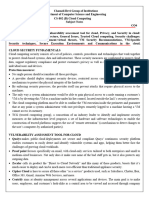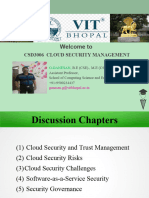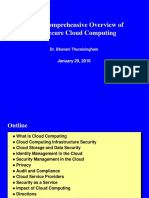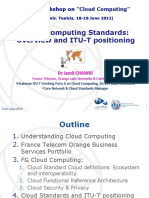0% found this document useful (0 votes)
45 views20 pagesModule4 Cloudcomputing
notes
Uploaded by
Kasi LingamnCopyright
© © All Rights Reserved
We take content rights seriously. If you suspect this is your content, claim it here.
Available Formats
Download as DOCX, PDF, TXT or read online on Scribd
0% found this document useful (0 votes)
45 views20 pagesModule4 Cloudcomputing
notes
Uploaded by
Kasi LingamnCopyright
© © All Rights Reserved
We take content rights seriously. If you suspect this is your content, claim it here.
Available Formats
Download as DOCX, PDF, TXT or read online on Scribd
/ 20





























































































